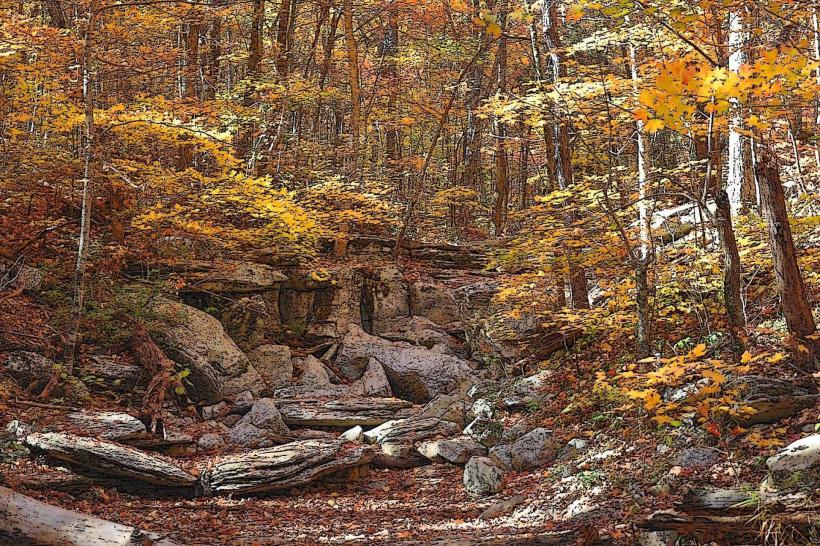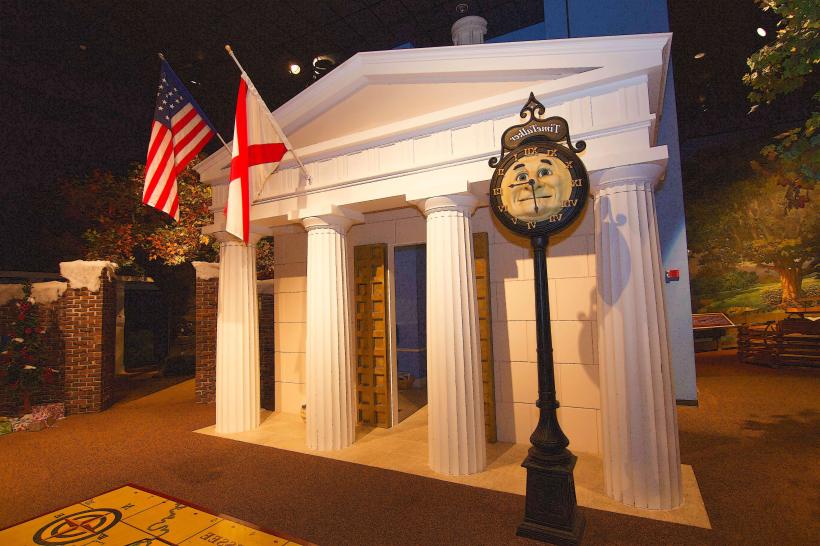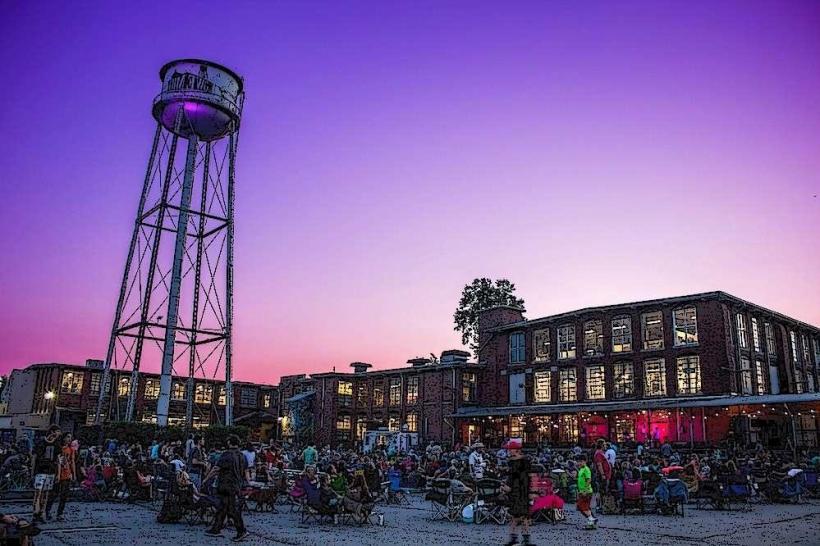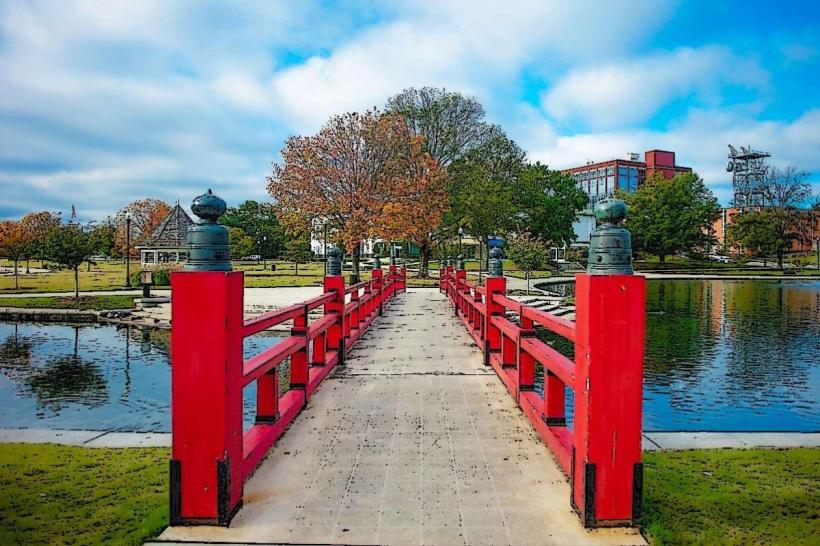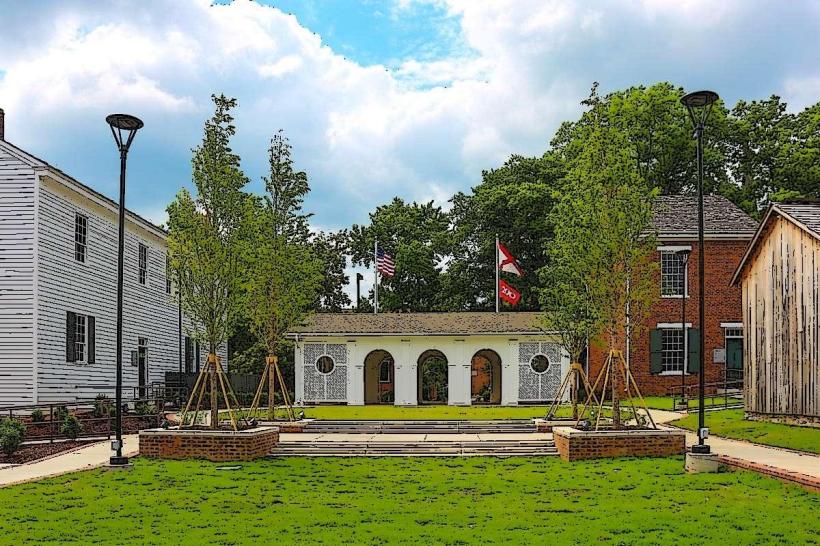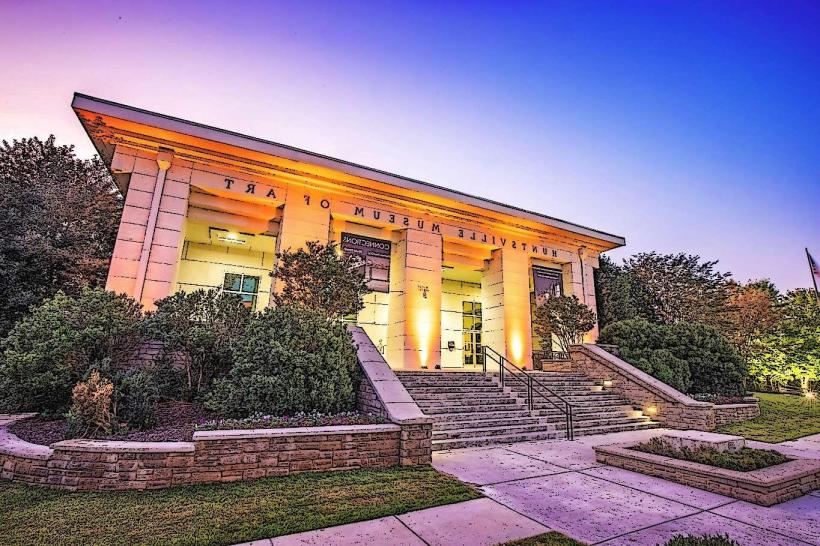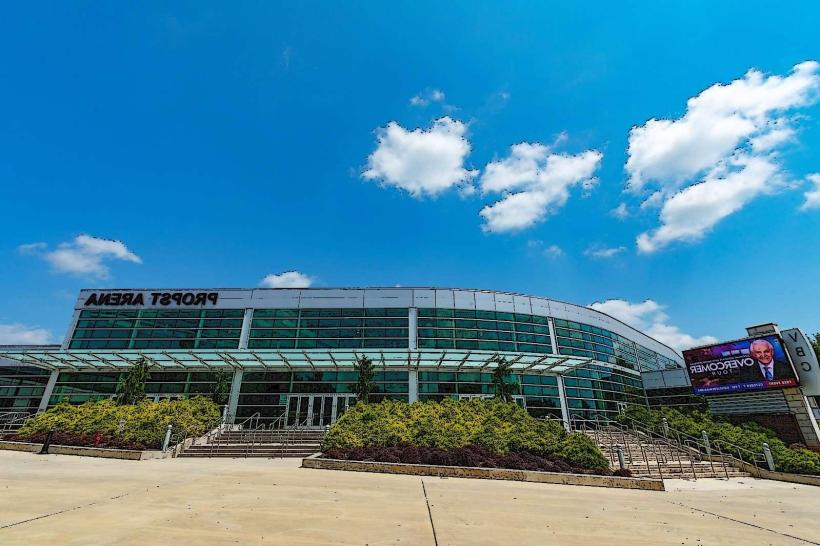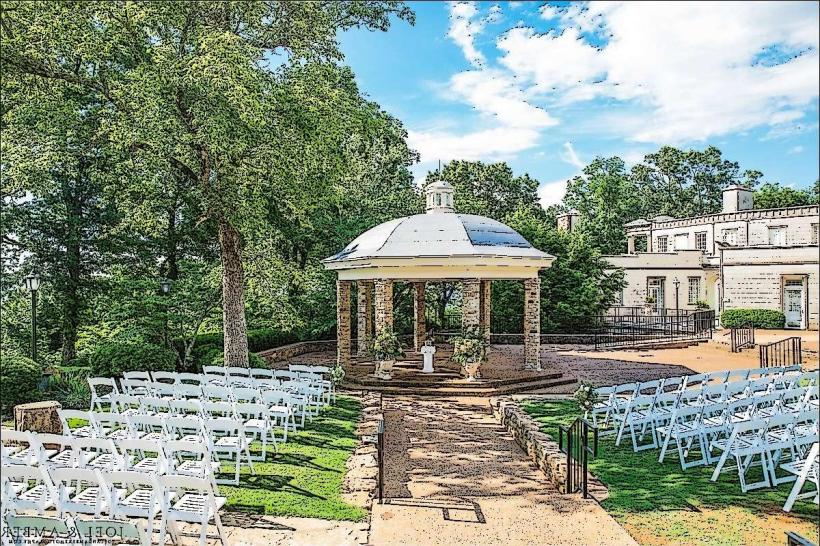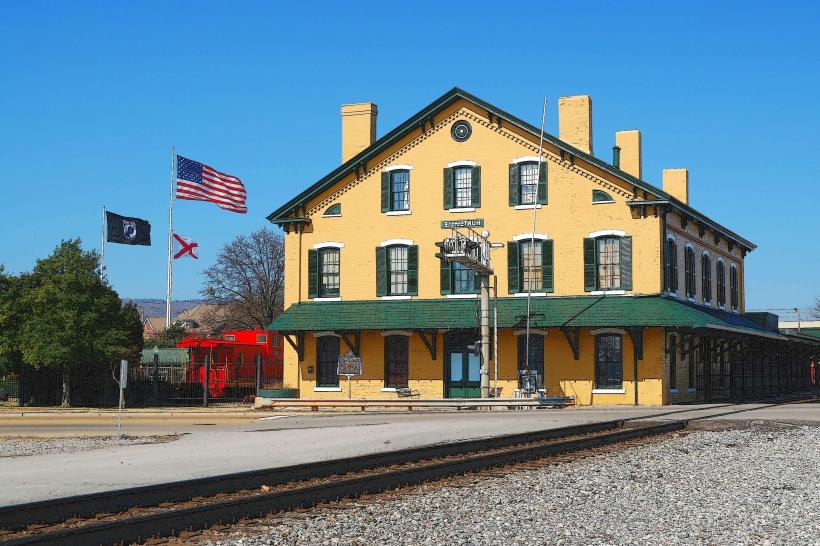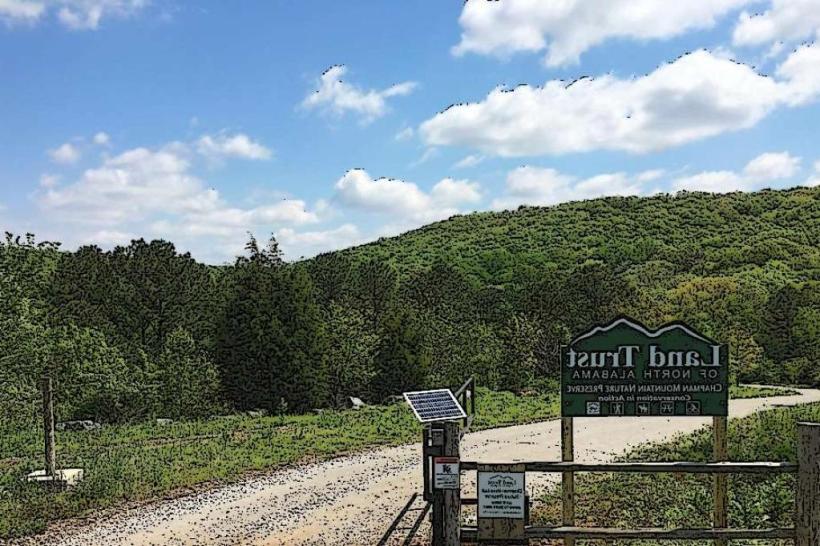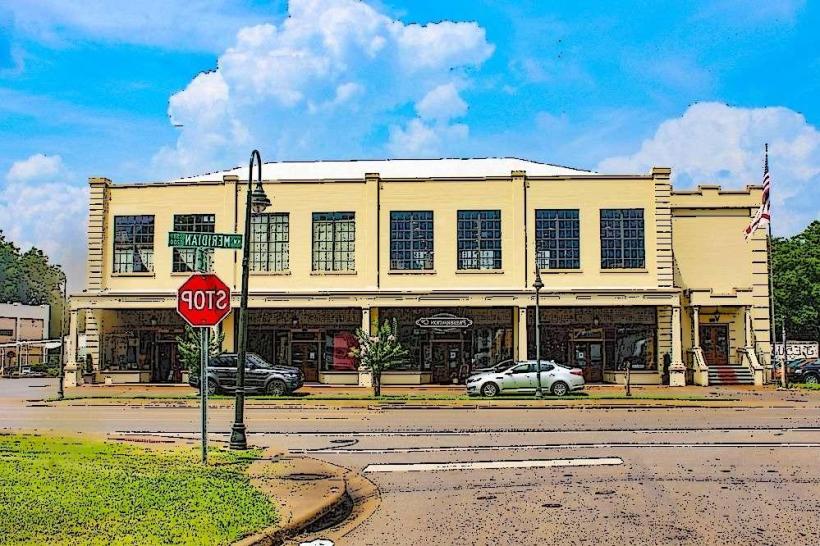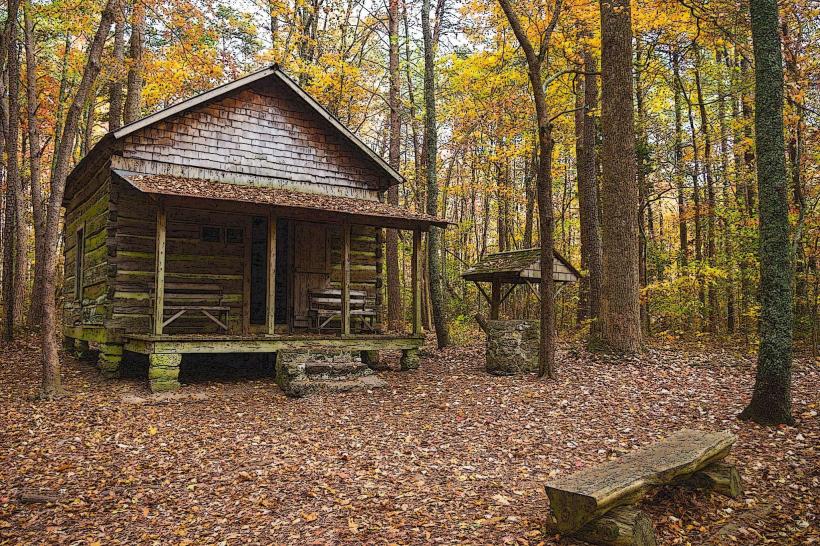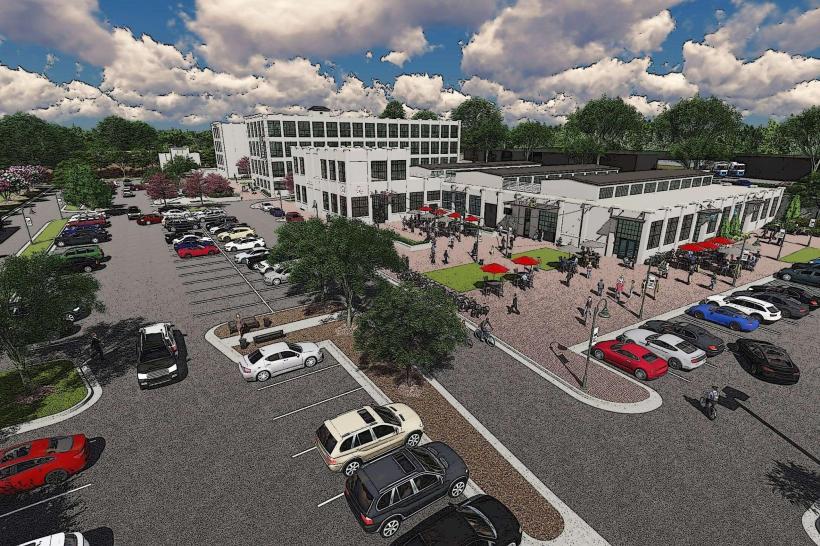Information
Landmark: U.S. Space & Rocket CenterCity: Huntsville
Country: USA Alabama
Continent: North America
U.S. Space & Rocket Center, Huntsville, USA Alabama, North America
The U.S. Space & Rocket Center, located in Huntsville, Alabama, is one of the most prominent space museums in the world, serving as both a museum and an educational hub for space exploration. It is closely associated with NASA and the Marshall Space Flight Center, highlighting Huntsville’s pivotal role in the U.S. space program.
History and Overview
Opened in 1970 to showcase the nation’s space achievements.
Huntsville, known as “Rocket City,” was central to the development of the Saturn V rocket and other early space programs.
The museum was founded to educate the public and inspire interest in science, technology, engineering, and mathematics (STEM).
It functions as a Smithsonian-affiliated museum and operates programs for students, educators, and space enthusiasts.
Layout and Highlights
The center spans over 250,000 square feet and features indoor and outdoor exhibits:
Indoor Exhibits
Saturn V Hall: Home to the massive Saturn V rocket, one of the few on public display. Visitors can walk under and around it, viewing the three-stage rocket in incredible detail.
Space Shuttle Pathfinder: A full-scale shuttle replica demonstrating the shuttle program’s technology.
Apollo 16 Command Module: Preserved to show the living and working space of astronauts.
Rocket Park: Contains rockets from Mercury, Gemini, and Apollo programs.
Interactive Exhibits: Hands-on STEM exhibits for students, including robotics, flight simulators, and virtual space missions.
Astronaut Hall of Fame: Celebrates astronauts from Mercury, Gemini, Apollo, and Space Shuttle missions.
Outdoor Exhibits
Full-size rockets, including Redstone and Delta rockets.
Replica launchpads and spacecraft.
Space Camp activities for children and teens.
Educational Programs
Space Camp: Offers immersive experiences in astronaut training, robotics, and aviation for children, teens, and adults.
Camp Rocket: Programs designed for school groups and STEM education.
Workshops and lectures from aerospace professionals and engineers.
Events and Temporary Exhibits
Special rotating exhibits featuring space exploration, NASA missions, and aerospace history.
Seasonal events like Space Camp graduations, STEM fairs, and astronaut appearances.
Public events for rocket launches and local science celebrations.
Visitor Tips
Allocate 4–6 hours for a thorough visit, longer if attending Space Camp.
Photography is allowed in most areas; indoor rockets and Saturn V Hall are popular spots.
Tickets can be purchased online; some programs like Space Camp require advance registration.
The museum has an on-site café and gift shop with space-themed merchandise.
Accessibility: Fully wheelchair accessible, with elevators, ramps, and accessible restrooms.
Sustainability and Innovation
The center promotes STEM education as part of long-term sustainability for the space program workforce.
Programs emphasize renewable energy, space science, and aerospace innovations to inspire the next generation of engineers and scientists.
The U.S. Space & Rocket Center remains a must-visit destination for anyone interested in space exploration, combining historical artifacts with interactive experiences that bring the story of U.S. space achievements to life.


